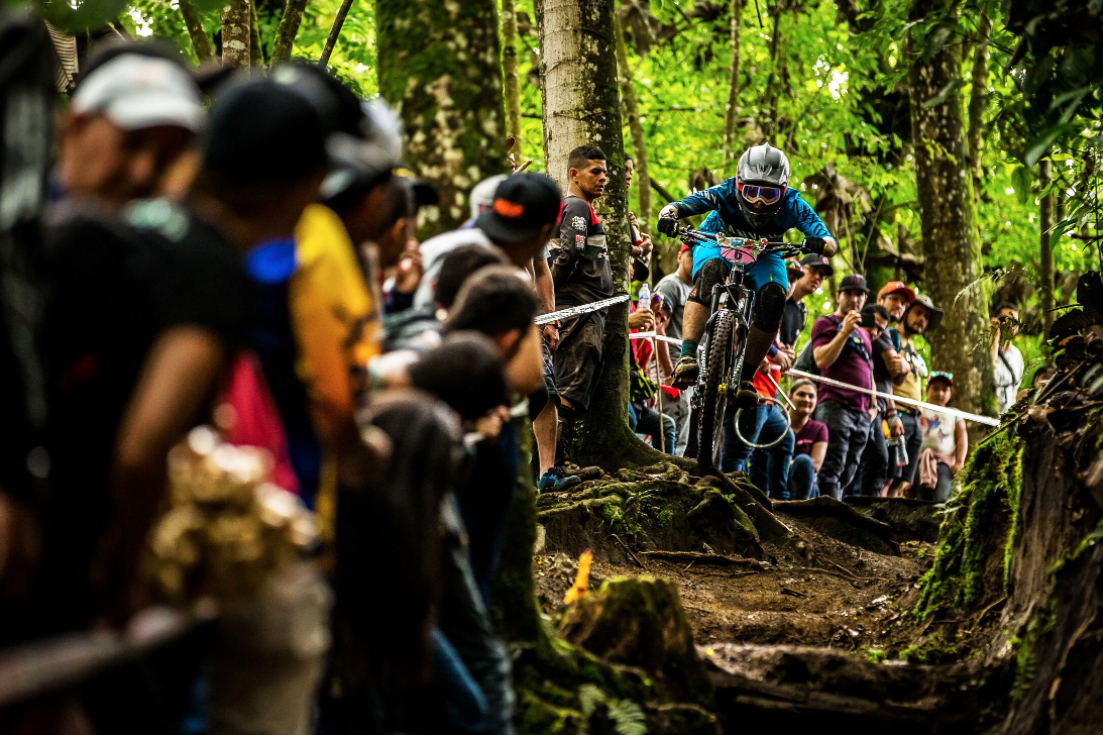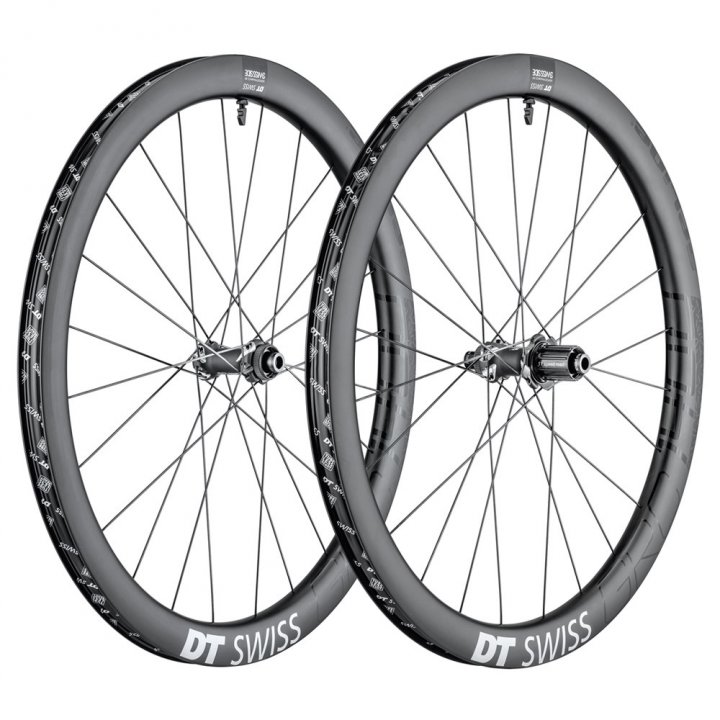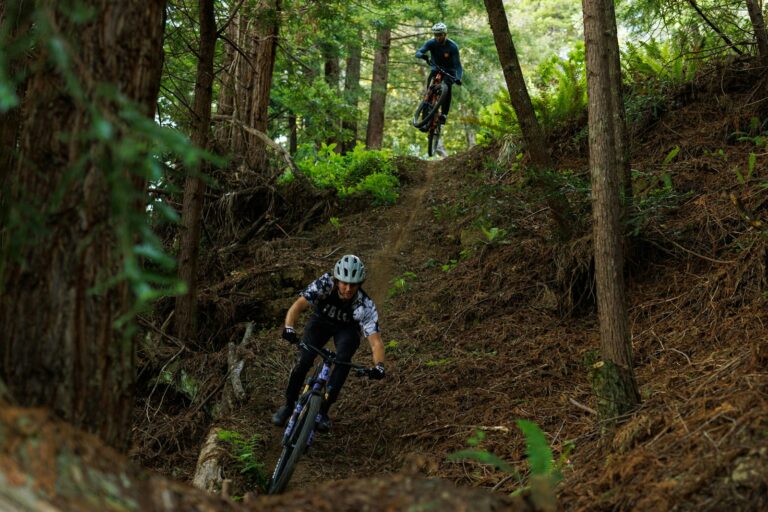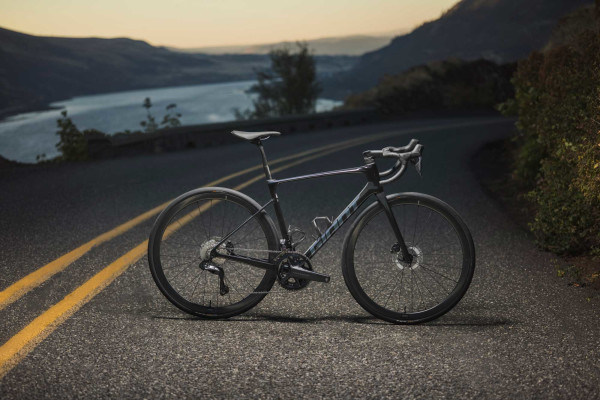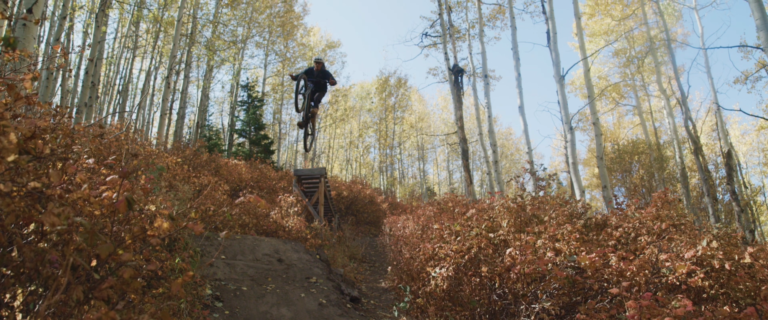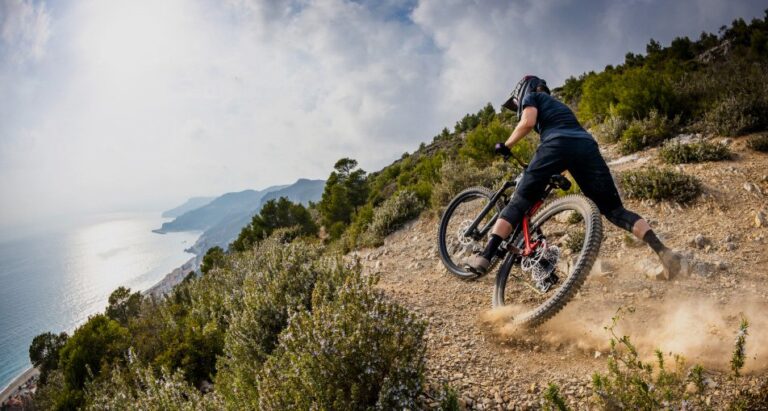Upgrading Your Trail Bike: A Journey to Enhanced Riding Experience
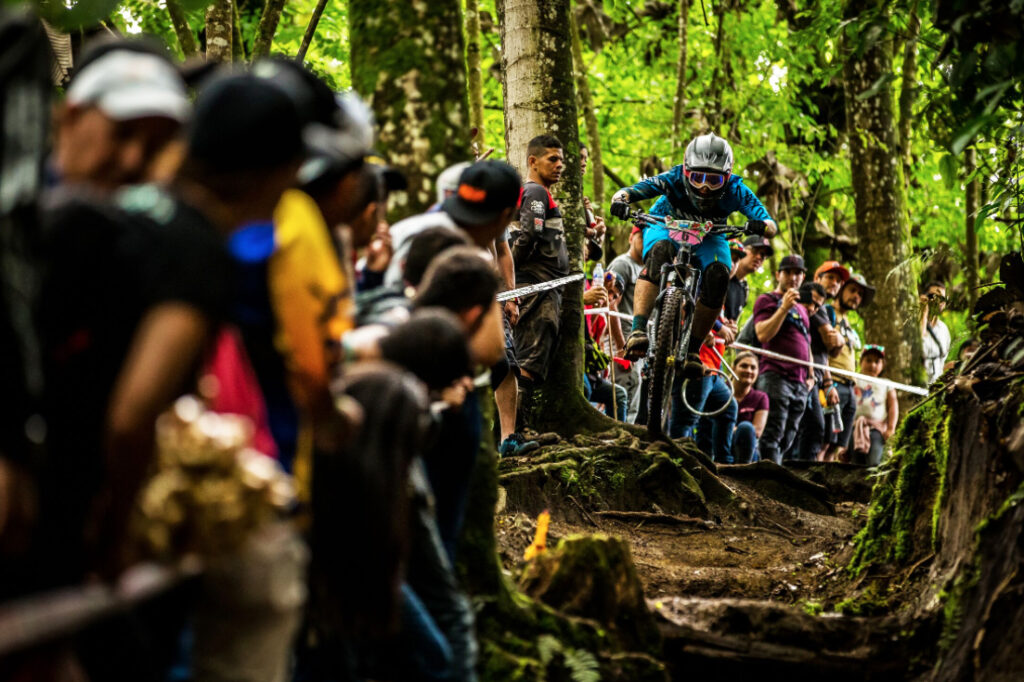
Key Point Summary of Upgrading Your Trail Bike:
- Purpose-Driven Upgrades: Focus on upgrades that enhance your specific riding experience and needs.
- Cost-Effective Changes: Not all upgrades need to break the bank to offer significant improvements.
- Performance Enhancements: Select components that improve performance, such as wheels, tires, and suspension.
- Personalization: Customize your bike to reflect your personal style and comfort preferences.
As a seasoned cyclist who’s navigated the thrilling paths of mountain biking, gravel grinding, and cyclocross, I’ve learned a thing or two about bikes. More importantly, I’ve discovered the joy and intricacies of upgrading them. Upgrading your trail bike isn’t just about making it look cool or spending money; it’s a journey towards personalizing your ride to fit your unique style and needs on the trail. Let’s dive into how you can transform your trail bike into a more capable, enjoyable, and personalized machine.
Upgrading a trail bike is akin to fine-tuning an instrument. Each adjustment, no matter how small, can significantly affect the harmony between rider and machine. Through years of racing and riding across various disciplines, I’ve come to appreciate the subtleties of customizing a bike to fit my evolving style and the challenges of different terrains.
Understanding What to Upgrade
Identifying which components to upgrade can feel overwhelming. Start with what directly impacts your ride quality: wheels, tires, and suspension. A lighter set of wheels can transform your bike’s handling and responsiveness. Tires, on the other hand, are your connection to the ground. Upgrading to a set that suits your local terrain can drastically improve traction and confidence.
Suspension upgrades can rejuvenate an older bike. Whether it’s servicing your current setup or investing in new forks or shocks, the right suspension can make rough trails feel smoother and more manageable.

The Power of Small Changes
Don’t underestimate the impact of seemingly minor upgrades. Handlebars, grips, and pedals can dramatically improve your control and comfort on the bike. Changing the width or shape of your handlebars, for example, can enhance maneuverability and reduce fatigue on long rides. Similarly, grips that match your hand size and riding style can prevent discomfort and blisters, while pedals that offer better grip can boost your confidence during technical maneuvers.
Drive Train Upgrades for a Smoother Ride
The drive train is the heart of your bike’s mechanical performance. Upgrading components like the chain, cassette, and derailleur can lead to smoother shifting, better efficiency, and reduced weight. Consider the conditions you ride in most frequently when choosing these components, as durability and performance needs can vary greatly between wet, muddy trails and dry, dusty paths.
Brakes: The Unsung Heroes
Upgrading your brake system can make a significant difference in your riding experience, especially on steep or technical trails. More powerful brakes with better modulation can give you greater control and confidence to tackle challenging descents.
Personalization: Make It Yours
Beyond performance upgrades, personalizing your bike can make it feel more like an extension of yourself. This could mean custom decals, a unique color scheme, or accessories that make your bike more functional for your specific needs, such as mudguards, lights, or a tool carrier. Comfort is also a form of personalization. A saddle that fits well, ergonomic handlebar grips, and a suspension setup tuned to your weight and riding style can make long rides more enjoyable.

Real-World Insights
Upgrading the wheels on my trail bike to a lighter, more robust set. The difference was night and day. Climbs became easier, and the bike felt more agile and responsive on technical descents. It was a reminder that even a single upgrade can breathe new life into your ride.
Another time, after switching to a wider handlebar and shorter stem, the improved handling and control on tight trails were immediate. It felt like I had unlocked a new level of precision in steering, making the bike feel more connected to my movements.
Cost Versus Benefit
It’s easy to get caught up in the latest tech and trends, but consider the cost versus the benefit of each upgrade. Sometimes, a simple tune-up or component adjustment can provide a significant improvement in ride quality. Set a budget for your upgrades and prioritize based on what will have the most substantial impact on your riding experience.
The Journey Is the Reward
Upgrading your trail bike is a journey that should be as enjoyable as the rides themselves. Each change is an opportunity to learn more about your preferences and how different components can alter the feel and performance of your bike.
Upgrading Your Trail Bike: Final Thoughts
The process of upgrading your trail bike is a deeply personal one, reflecting not just your riding style but your approach to the sport. Whether you’re aiming for performance gains, increased comfort, or simply a way to express your personality, remember that the ultimate goal is to enhance your enjoyment and connection with the bike. Don’t rush the process—savor each decision and its impact on your riding experience.

Your Guide to Upgradable Models
Trail bikes are designed with versatility in mind, offering a balance between uphill efficiency and downhill performance. Manufacturers typically design these bikes to be upgradable, allowing riders to customize and enhance their bikes as their skills progress and preferences evolve. Here’s a list of trail bike models from various manufacturers that are known for their upgradeability:
- Specialized Stumpjumper – A classic in the trail bike category, the Stumpjumper offers a great platform for upgrades, including wheels, suspension, and drivetrain components.
- Trek Fuel EX – The Fuel EX is a versatile trail bike that can handle a wide range of trails, with plenty of options for upgrades to components like suspension, wheels, and cockpit.
- Santa Cruz 5010 – Known for its playful handling, the 5010 is a great canvas for customization, from upgrading the suspension to tweaking the wheels and tires for different terrains.
- Yeti SB130 – The SB130 fits right in the sweet spot for trail riders, offering a robust frame that’s ripe for upgrades, including high-end suspension and carbon wheels.
- Canyon Neuron – This mid-travel trail bike is a solid performer that can be taken to the next level with upgrades like lighter, stiffer wheels and a more advanced suspension system.
- Ibis Ripmo AF – The aluminum version of the Ripmo offers a more affordable entry point with tremendous potential for upgrades, especially in terms of suspension and wheels.
- Pivot Trail 429 – A highly versatile trail bike with a strong focus on performance, the Trail 429 can be customized with a wide range of high-end components.
- Giant Trance – The Trance series provides a great platform for riders looking to upgrade their trail experience, particularly with suspension and drivetrain improvements.
- Norco Optic – A shorter travel trail bike that punches above its weight, the Optic is ideal for riders looking to customize their setup for speed and agility.
- Marin Rift Zone – Offering great value, the Rift Zone has a solid foundation for riders who want to gradually upgrade components as their skills and needs evolve.
These models are popular among trail riders not only for their out-of-the-box performance but also for their potential to grow with the rider through thoughtful upgrades. Whether you’re looking to enhance your bike’s performance, fit, or style, these trail bikes provide a great starting point for a customized riding experience.
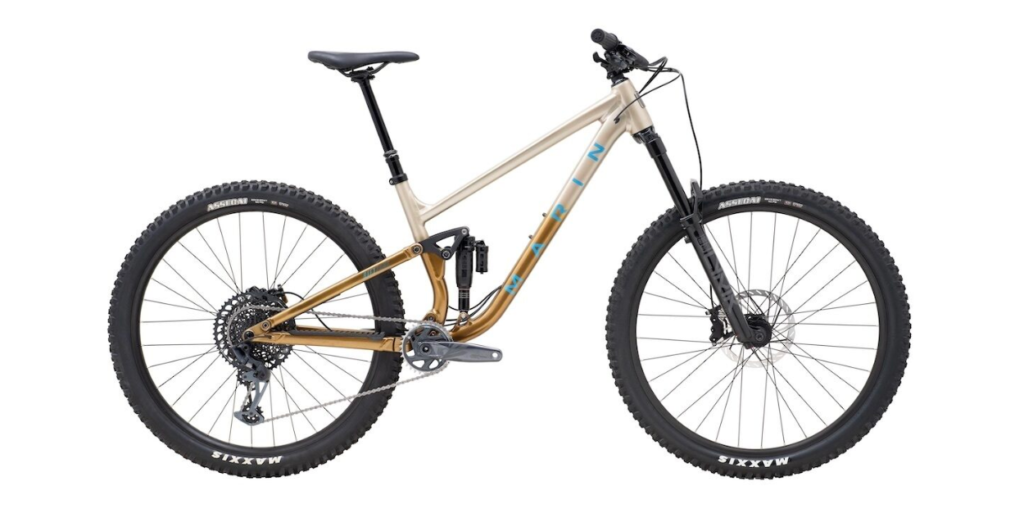
FAQ
Happy trails, and may your upgrades bring you even closer to the perfect ride!
John
